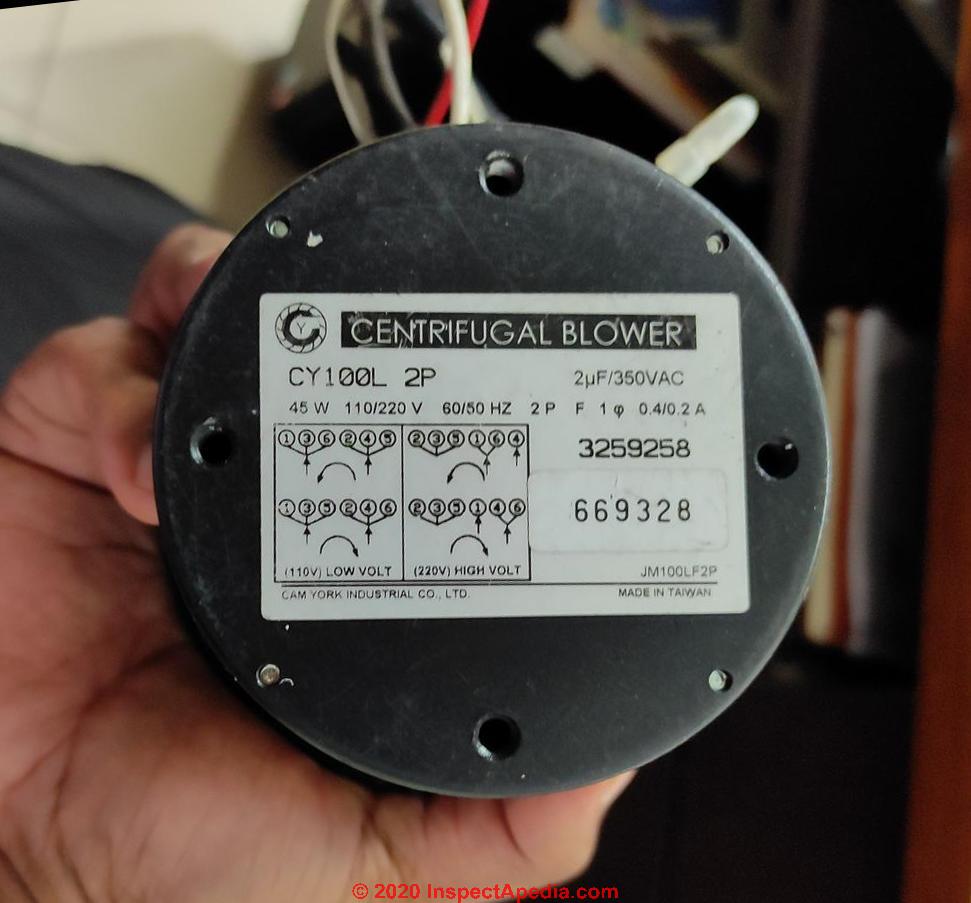



There's frequently an advance incorporated (for better brushwear), and on most machine wound armatures, the wire will run around to the opposite side of the commutator, around a hook or 'tang' at the top of the bar, that is later flattened down in a resistance welder, and then around the rest of the way to the next coil. Depending on where the brushes are located relative to the field coils, the coils will likely not be connected to the commutator bar directly under them. There are tables online you can use to find the size of the insulated wire vs. Since the armature will be varnished, it can be difficult to get an exact measurement, but the coil sides towards the bottom of the slot will generally be less well coated, and easier to clean away the varnish - but not the coating on the wire. Power tool armatures commonly have multiple coils in each slot, often 24 commutator bars to 12 slots, giving two coils in each slot. Unwinding - you need to determine three things as you unwind: If it is, and this is common, the insulation material below that bar has been damaged, and the commutator is unusable. There are two paths through the windings from any bar in commutator motor of this type to any other, so a high reading indicates that one of those paths has broken or burned out.īefore you bother to do anything with the winding, feel, or ideally measure with a dial gauge, whether the bar that has the burn mark on it is any higher than the others. Are there any issues with changing the nominal diameter of the commutator a little? This would bring the distance from the commutator to the brush housing to around 3mm The closest match I have found is 2 mm smaller in diameter (original 33.5, measured worn). I think this will be easier than trying to solder the wiring into the tabs on the bars with them already spot welded down (i think?). I've been looking around for a matching commutator to replace the current one. I've seen a few diagrams that all looked slightly different.

I know the latter is a bit out of my depth but I'd like to give it a go, especially if the armature I'm doing it on is wrecked anyway - can anyone point me to a good reliable explanation of the winding? I think I've got my head around it, but it would be good to have confirmation from someone who actually knows what they're doing. I think the only options are to replace the rotor or rewind the existing one. This is my first time doing this and just going off the internet, does this mean the wire is damaged somewhere? While testing the resistance between commutator bars, I found a high peak which corresponded with a burn mark. I've taken apart a DeWalt router to see why I was getting so much sparking (already tried replacing brushes). Question about rewinding a brushed DC motor:


 0 kommentar(er)
0 kommentar(er)
